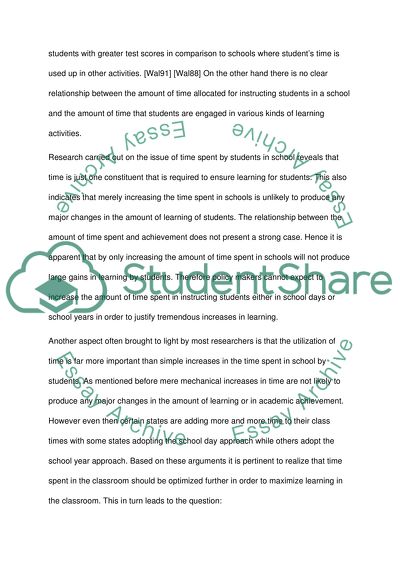Cite this document
(“Extended School Year in New Jersey, Delaware, and Pennsylvannia Research Paper”, n.d.)
Extended School Year in New Jersey, Delaware, and Pennsylvannia Research Paper. Retrieved from https://studentshare.org/education/1433427-extended-school-year-in-new-jersey-delaware-and
Extended School Year in New Jersey, Delaware, and Pennsylvannia Research Paper. Retrieved from https://studentshare.org/education/1433427-extended-school-year-in-new-jersey-delaware-and
(Extended School Year in New Jersey, Delaware, and Pennsylvannia Research Paper)
Extended School Year in New Jersey, Delaware, and Pennsylvannia Research Paper. https://studentshare.org/education/1433427-extended-school-year-in-new-jersey-delaware-and.
Extended School Year in New Jersey, Delaware, and Pennsylvannia Research Paper. https://studentshare.org/education/1433427-extended-school-year-in-new-jersey-delaware-and.
“Extended School Year in New Jersey, Delaware, and Pennsylvannia Research Paper”, n.d. https://studentshare.org/education/1433427-extended-school-year-in-new-jersey-delaware-and.


